Double block and bleed ball valves are commonly adopted in the oil and gas industry and can be somewhat complicated for new engineers. In this blog post, it will provide an overview of the types of DBB valves,what is DBB valve, and the benefits that they can provide. By the end of this article, the consumers should have an understanding of why DBB valves are so important and how to keep them functioning effectively.
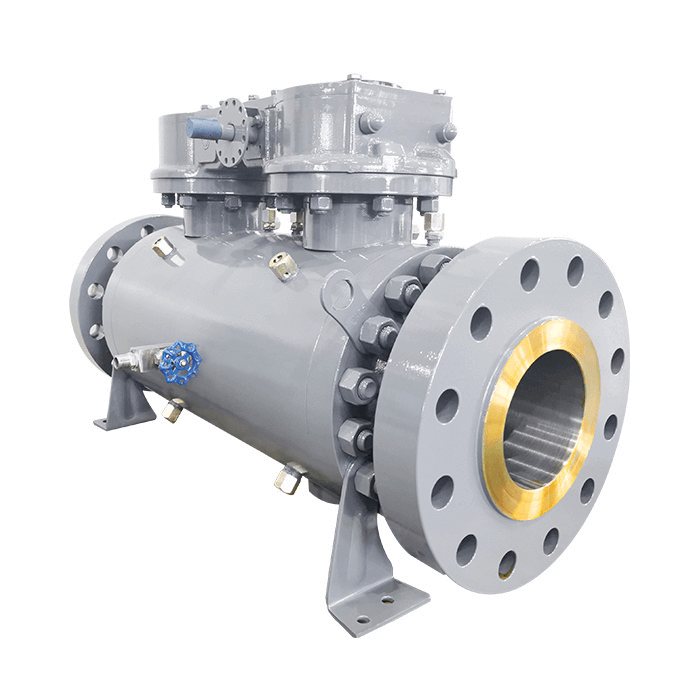
What is DBB Valve?
Many will wonder what is DBB valve is. Double Block and Bleed (DBB) Valve is a type of valve that serves the purpose of isolating and decreasing pressure in a system. It is made up of two shut-off valves or ‘blocks’ that are connected by a pipe or conduit. The pipes are separated by a valve in between, often referred to as a ‘bleed’ valve. When all three components are closed, it enables the system to be shut down and isolated from any increase in pressure.
This type of valves have been used in numerous industries, including oil and gas, petrochemical, power generation, maritime, mining and chemical production. The reliability of DBB valves makes them ideal for use in high-pressure systems that contain highly volatile substances.
By combining two shut-off valves and a bleed valve into one unit, DBB valves offer a number of benefits to users. These are easy to install and maintain, making them cost-effective when compared to other types of valves; they prevent leakage due to their advanced sealing design; and they require minimal pressure drop, allowing for more efficient operation.
Types of Double Block and Bleed Valves
There are several different types of double block and bleed valve available on the market, including ball valves, gate valves, globe valves, and needle valves. Each type of valve has unique features and advantages that make it suitable for different applications and industries.
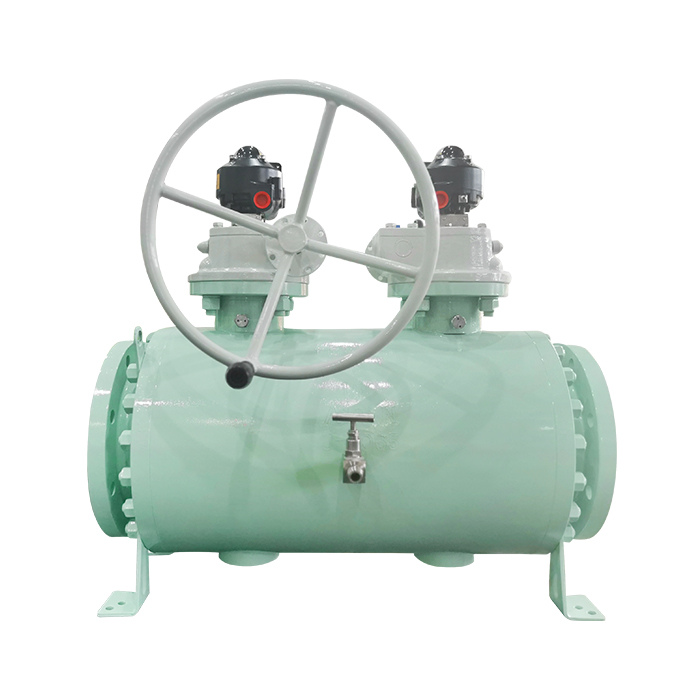
Ball Valves
Double ball valve uses a hollow, perforated and pivoting ball to control the flow of liquids or gas. They are also used for isolation and control of high-pressure systems, in fire sprinkler systems, and various industrial processes. A hole runs through the ball inside the valve, allowing fluid to flow through when the hole is in line with the inlet and outlet ports. When the valve is rotated 90 degrees, the hole is perpendicular to the ports, and no fluid can flow.
DBB ball valve is primarily used in applications where tight shut-off is required. This makes them well suited for water regulation, oil refineries, natural gas production, and chemical processing plants.
Gate Valves
Gate valves are a type of valve used to control the flow of liquids and gasses. They consist of a rectangular gate that slides up or down within an enclosed chamber, thereby allowing or blocking passage through the valve. Gate valves are used in many applications from engineering to plumbing, and have become very popular in the past few decades due to their reliability and affordability.
Gate valves vary in size, depending upon the size of the opening they are designed to control. The larger the opening, the larger and stronger the gate must be. Some valves also come equipped with reinforced seats for increased durability.
Check Valves
Another type of DBB valve is check valves. These are devices used to prevent the backflow of fluid in a piping system. They act as one-way valves and allow pressure or fluid to flow only in one direction. Check valves are made of corrosion-resistant materials, making them ideal for use in water, fuel, oil, and other piping systems.
Check valves are an essential part of any fluid system as they help protect against expensive damage due to backpressure and also help keep fluid flowing in the right direction. They are commonly used in industrial applications such as cooling systems, fuel distribution, and chemical process plants.
Globe Valves
This is a type of valve used to regulate the flow or pressure in a piping system. Globe valves are typically used in industrial systems due to their accurate control of flowing liquids, vapors, and gasses. The core of the globe valve design consists of a disk-shaped closure element which can be manipulated using a stem attached to the top of the valve body.
Globe valves are most commonly used in applications where precision flow regulation is required, such as within steam boilers and air conditioning systems. They are also ideal for regulating the flow rates of corrosive materials, such as acids and alkalis, due to a number of features that make them resistant to these corrosive substances.
Butterfly Valves
Butterfly valves are mechanical devices used to regulate the flow of gasses and liquids in industrial process lines. They are typically used in applications such as oil and gas pipelines, water treatment plants, and chemical plants. Butterfly valves are rotary valves that use two disks connected by a stem or shaft which can be used to toggle the access to a passageway by varying the valve’s position relative to the pipe.
Butterfly valves come in many different shapes, sizes and materials depending on the application. Dombor, one of the butterfly valve manufacturer, offers valves depending on the valve size; butterfly valves can be operated manually, pneumatically or electrically.
Plug Valves
A plug valve is a quarter-turn rotary valve used to control the flow of fluids in many industries, including oil and gas production, petrochemical plants, chemical processing, food and beverage, and water treatment. The plug has a port or opening which can be opened or closed by rotating the plug. This type of valve is ideal for applications where quick shutoff is necessary.
Plug valves are typically operated manually using a lever or a handwheel. More sophisticated versions may use an automated actuator such as an electric motor or pneumatic system. These automated versions are used when precise control is needed or where remote operation is desired.
Diaphragm Valves
This is a type of valve used to control the flow of liquids and gasses. It consists of a flexible membrane which is clamped between two solid seatings. The membrane is opened or closed by the application of either an external or an internal force. When open, the diaphragm allows fluid to pass through the valve; when closed, it seals off the opening and prevents fluid from passing through.
Diaphragm valves are primarily used for on/off control, most commonly in industrial applications. They are also used in applications where tight shutoff is important, such as in medical and laboratory equipment.
Piston Valves
A piston valve is a type of valve used to regulate systems that control the flow of liquid or gas. They are common in many industrial applications, such as compressors and boilers. Piston valves can be described as a sliding sleeve with a collar attached to the sleeve, which controls the flow of the medium. The collar can then be opened and closed by either manually or electronically turning the sleeve through the use of an actuator or motor.
Piston valves provide several advantages over other types of valves. The most obvious one is their ability to open and close quickly and accurately, allowing precise control of fluid flow. This makes them ideal for regulating dynamic fluid systems and processes like water, steam, and oil.
How do Double Block & Bleed Ball Valves Work?
When asking what is a block and bleed valve is and how it works, well, double block and bleed ball valve works by utilizing a circular ball with a hole in the center that can be rotated to control the flow of fluids or gasses. These valves consist of two separate ball valves and a bleed valve in between them, which allows for the isolation of the upstream and downstream piping.
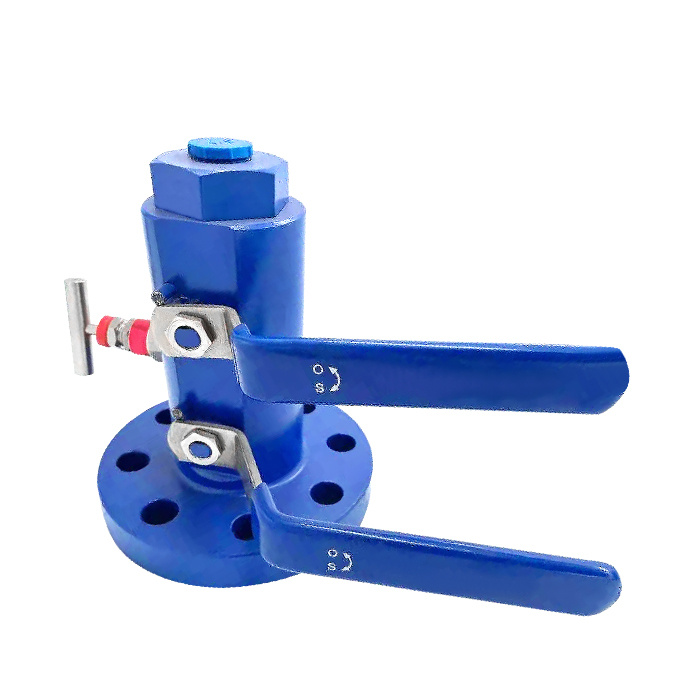
In the open position, the spherical ball is tilted so that the hole in the ball is aligned with the upstream and downstream piping, allowing fluid or gas to flow through the valve. When the valve needs to be closed, the ball is angled 90 degrees so that the hole in the ball is perpendicular to the piping, effectively blocking the flow of fluid or gas.
To double block and bleed, both ball valves are shut, and the bleed valve is opened to allow any trapped fluid or gas between the two ball valves to be vented out. This ensures that the piping between the two ball valves is completely isolated and free from any fluid or gas pressure. Double block & bleed ball valve is commonly used in oil and gas, chemical, and pharmaceutical industries, where safety and reliability are critical.
Pros and Cons of Double Block & Bleed Ball Valves
Many are still questioning what is a double block and bleed valve and what are their pros and cons to industrial applications. Here are several advantages and disadvantages, which are important to consider when selecting the appropriate valve for a specific application.
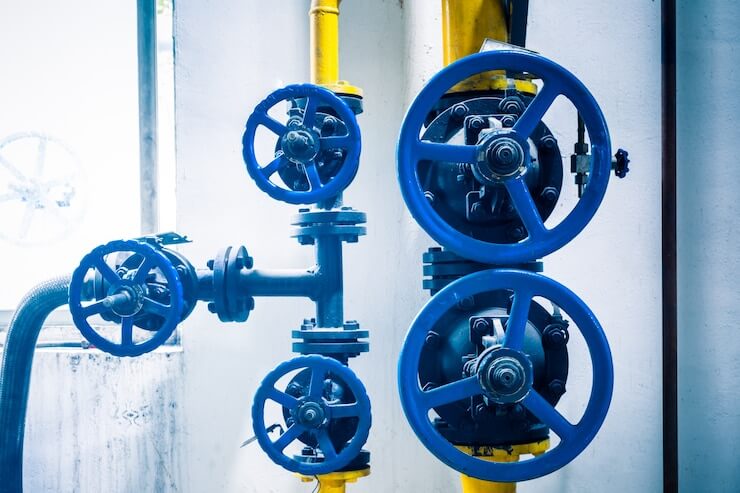
Pros
Enhanced safety:Double block ball valves provide an additional layer of safety by isolating the upstream and downstream piping, reducing the risk of leaks, and preventing cross-contamination.
Space-saving design: Compared to other types of double block and bleed valves, ball valves have a more compact design, making them ideal for applications where space is limited.
Easy operation: double ball valve is easy to operate, requiring minimal torque to open and close, which makes them suitable for quick shutoff applications.
High flow capacity: The spherical ball in the valve allows for a full-bore flow path, which minimizes pressure drop and provides high flow capacity.
Cons
Cost: Double block and bleed valves can be more expensive than other types of valves such as double seated ball valve due to their complex design and the fact that they essentially combine two separate valves into one. Additionally, the cost can increase if the valve needs to be customized for a specific application.
Maintenance: Because double block and bleed valves are more complex than other types of valves, they may require more maintenance and upkeep to ensure that they are functioning properly. This can include more frequent inspections, testing, and cleaning.
Space requirements: Double block and bleed valves require more space than other types of valves due to their dual valve design. This can be a disadvantage in applications where space is limited.
Limited precision control: While double block and bleed valves can provide some level of flow control, they may not offer the same precision as other types of valves, such as globe or needle valves. This can be a disadvantage in applications where precise flow control is necessary.
Limited temperature and pressure range: Double block and bleed valves, like all valves, have limitations in terms of the temperature and pressure they can withstand. In some high-temperature or high-pressure applications, other types of valves may be necessary.
Installation complexity: Installing a double block and bleed valve can be more complex than installing other types of valves due to its dual valve design. This can require more time, effort, and expertise during installation.
Standards for Double Block and Bleed Valves
There are several standards and guidelines that some of the industrial valve company apply to DBB ball valve, which ensure that they are designed and manufactured to meet specific safety and performance requirements. Here are some of the most commonly referenced standards:
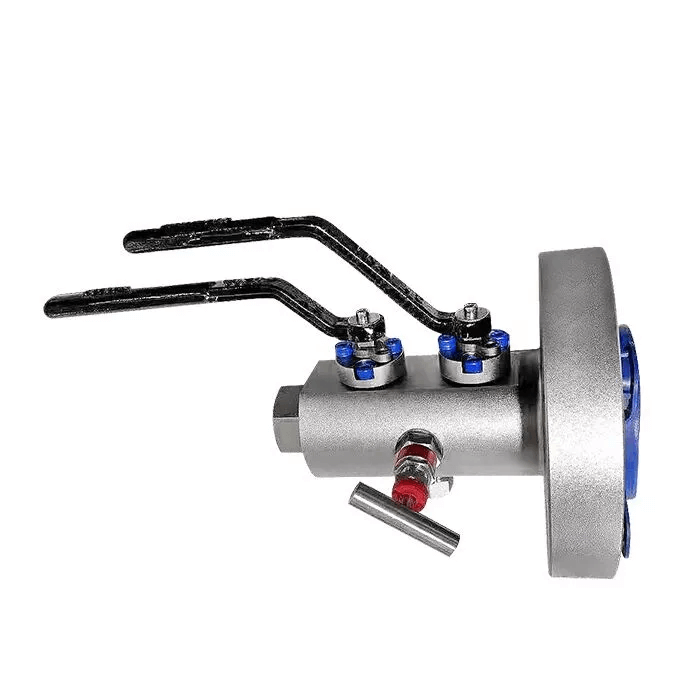
API 6D: This standard, developed by the American Petroleum Institute (API), provides specifications for pipeline valves, including double block and bleed valves, intended for use in the oil and gas industry.
ANSI/ASME B16.34: This standard, developed by the ASME, provides specifications for valves, including double block and bleed valves, intended for use in various industries.
ISO 10497: This standard, developed by the International Organization for Standardization (ISO), provides testing requirements for fire-safe valves, including double block and bleed valves.
MSS SP-61: This standard, developed by the Manufacturers Standardization Society (MSS), provides specifications for pressure testing of steel valves, including double block and bleed valves.
NACE MR0175/ISO 15156: This standard, developed by the National Association of Corrosion Engineers or NACE, and ISO, provides requirements for materials and equipment used in sour gas environments, including double block and bleed valves.
Compliance with these standards is important to ensure that double block and bleed valves meet the necessary safety and performance requirements for specific applications. When choosing a double block and bleed valve, it is critical to ensure that the valve meets the relevant industry and application standards and guidelines.
Applications of DBB Ball Valves
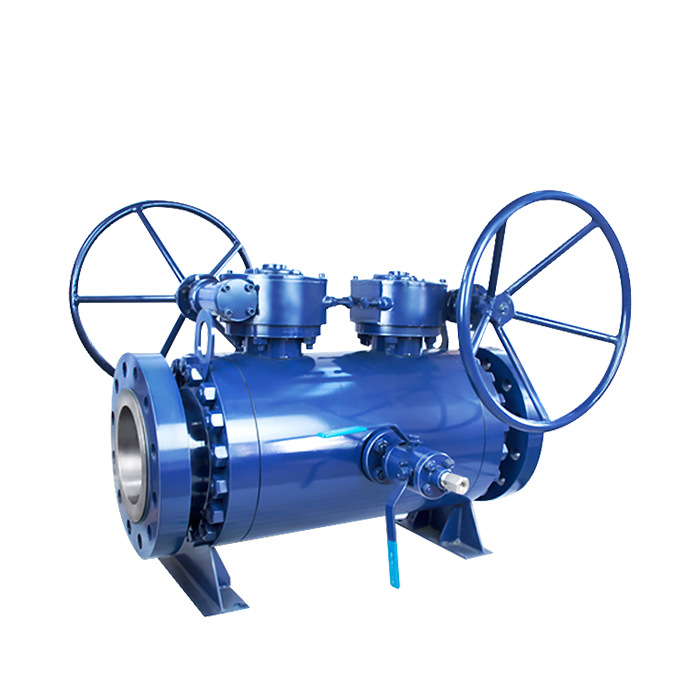
Double block and bleed (DBB) ball valves are used in an array of industries and applications where safety, reliability, and ease of operation are critical. Some common applications of DBB ball valves include:
Liquefied Natural Gas (LNG) Industry
Double block and bleed (DBB) ball valves are extensively used in the liquefied natural gas (LNG) industry to provide a high level of safety and reliability. DBB ball valves are used in various stages of the LNG processing, including storage tanks, transfer lines, processing plants, and vaporizers, to provide shutoff and isolation during maintenance or emergencies. They help prevent the release of LNG and ensure the safety of personnel working on the equipment. The use of DBB ball valves in LNG applications is crucial for maintaining safe and efficient operations in an industry where safety is paramount.
Pipeline Industry
Double ball valves are widely used in the pipeline industry to provide a high level of isolation and shut off in various applications. DBB ball valves are used to isolate sections of the pipeline for maintenance purposes, as well as provide a reliable shutoff in the event of an emergency. They are used in both onshore and offshore pipelines, including oil and gas pipelines, water pipelines, and chemical pipelines. DBB ball valves are also used in pigging applications, where they are used to isolate sections of the pipeline during pigging operations.
Refinery and Petrochemical Industry
DBB ball valves are widely used in the refinery and petrochemical industry to provide a high level of safety and reliability. DBB ball valves are used in various applications such as steam, gas, and fluid services. They are used to isolate sections of the process equipment for maintenance purposes and provide a reliable shutoff in the event of an emergency. The valves are also used in critical process applications where tight shutoff is required, such as controlling the flow of hazardous and corrosive fluids.
Wastewater Treatment Industry
These are widely used in the wastewater treatment industry to provide a high level of shutoff and isolation in various applications. DBB ball valves are used to isolate sections of the wastewater treatment system for maintenance purposes, as well as provide a reliable shutoff in the event of an emergency. They are also used in sludge handling applications, such as isolating sludge pumps and tanks during maintenance. Additionally, Double ball valves are used in chemical dosing applications, where they provide tight shutoff and help prevent the leakage of hazardous chemicals into the environment.
Marine and Ship Industry
Double block and bleed ball valves are used in various applications on board ships, including fuel oil, seawater, and ballast systems. They are used to isolate sections of the systems for maintenance purposes, as well as provide a reliable shutoff in the event of an emergency. This kind of ball valve is also used in cargo handling applications, such as isolating cargo tanks during loading and unloading. Additionally, Double ball valves are used in fire protection systems, where they provide tight shutoff and help prevent the spread of fire.
Power Generation Industry
DBB ball valves are used in power generation applications in power plants, including steam, gas, and water systems. They are used to isolate sections of the systems for maintenance purposes, as well as provide a reliable shutoff in the event of an emergency. DBB ball valves are also used in critical process applications, such as controlling the flow of steam and water in boilers and turbines. DBB ball valves are used in cooling water systems as well, where they provide tight shutoff and help prevent the leakage of cooling water.
Factors to Consider When Selecting DBB Ball Valves
When selecting a valve for a specific application, it is crucial to consider the type of valve that best suits the application’s requirements so that consumers will not ask what is DBB valve and what is the best DBB valve in a certain industrial application. When selecting between DBB and DIB valves, consider the following factors:
Isolation requirements: If absolute isolation is required, a DIB valve is more suitable than a DBB valve.
Space limitations: If space is limited, a DBB valve may be more suitable than a DIB valve due to its compact design.
Maintenance requirements: DIB valves may be easier to maintain since they have separate valve bodies, whereas DBB valves require maintenance on a single valve body.
Cost: DBB valves are generally less expensive than DIB valves, due to their simpler design(Difference Between DBB vs DIB Valves).
How to Choose the Right Seat Material for DBB
Aside from knowing what is a double block and bleed ball valve, it also need to consider choosing the right seat material for a double block and bleed (DBB) valve, the following factors should be taken into account:
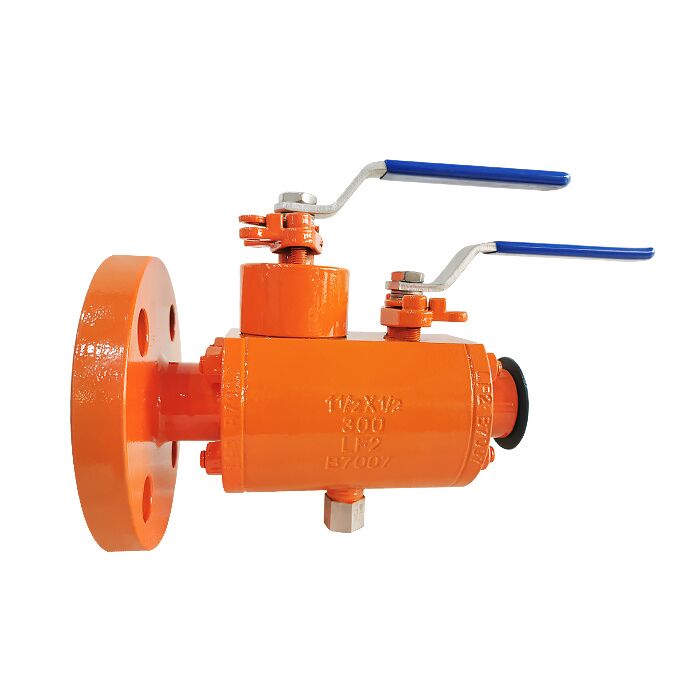
Type of fluid or gas: The type of fluid or gas that the double ball valve will handle is a crucial factor in selecting the appropriate seat material. Different fluids and gasses can have vastly different properties, such as acidity, alkalinity, viscosity, and erosivity. These properties can affect the durability and performance of the valve over time, particularly the valve’s seat material. For example, corrosive or abrasive fluids may require a seat material with excellent chemical resistance and low friction, such as PTFE or reinforced PTFE.
Temperature and pressure conditions: The temperature and pressure conditions of the system in which a double block and bleed valve will be used are critical factors to consider when selecting the appropriate seat material. These conditions can have a significant impact on the performance and longevity of the valve. High-temperature applications can cause many seat materials to break down, leading to valve failure. In contrast, high-pressure applications can cause deformation or other mechanical damage to the seat material, leading to reduced performance or even valve failure.
Level of abrasion and corrosion: The level of abrasion and corrosion that a DBB ball valve will be exposed to is an essential factor in choosing the appropriate seat material. Abrasion occurs when a fluid or gas contains particles that can rub against the valve’s seat material, causing it to wear out over time.
Corrosion, on the other hand, occurs when fluids or gasses chemically react with the valve’s seat material, leading to damage or degradation. In both cases, selecting a seat material that can withstand the expected level of abrasion or corrosion is crucial to ensuring the valve’s optimal performance and longevity.
Contact Trunnion Ball Valve Manufacturer- Dombor
If a consumer is looking for a reputable industrial valve supplier for DBB valves, Dombor is an excellent choice as it offers advanced manufacturing technology and striking customer service. They are one of the most reputed industrial ball valve manufacturer in the world.
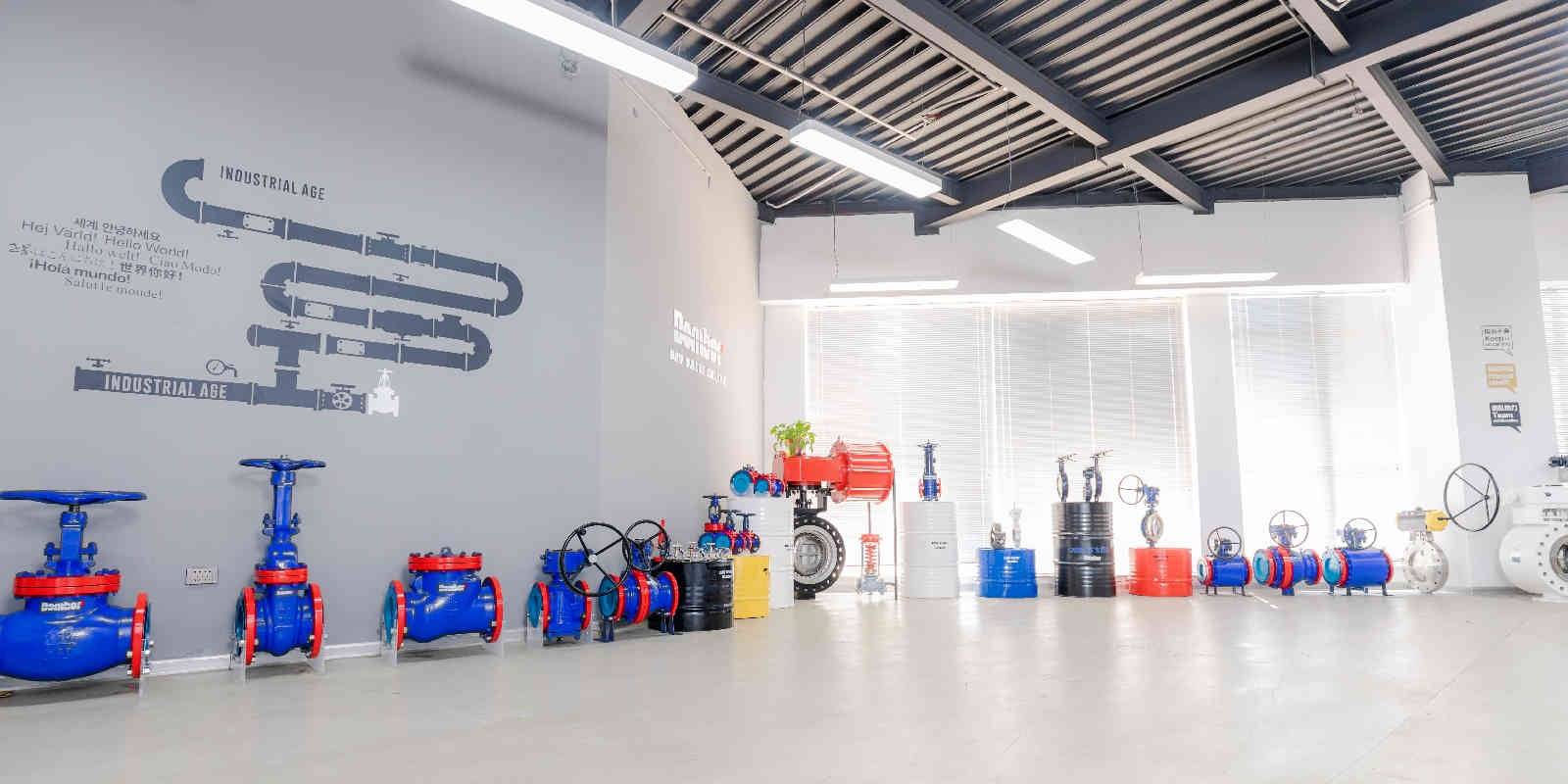
The company has an excellent reputation for producing valves that are reliable, efficient, and durable. One of the key advantages of Dombor is its use of advanced manufacturing technology. This ensures that its products are of the highest quality and meet the most stringent industry standards. In addition to its advanced manufacturing technology, Dombor also places a strong emphasis on customer service.
The company has a dedicated customer support team that is available to answer any questions and help customers with their valve needs. Whether you are looking for technical assistance or advice on the best valve for your application, Dombor’s team is always ready to help.
Double Block and Bleed (DBB) ball valves are an essential component of piping systems. Not only do they provide a safe, reliable and efficient means to block, bleed and monitor pressure in a system, their wide range of applications makes them diverse and cost-effective for various industries. Consumers have learned what is double block and bleed valves are all about.
When selecting DBB ball valves, factors like size, temperature, media, pressure and installation should be considered to ensure the most appropriate valve is chosen for the job. Furthermore, adhering to industry standards is critical to ensuring the safety and quality of piping systems. Consider contacting Dombor for every double block and bleed ball valves needs.









